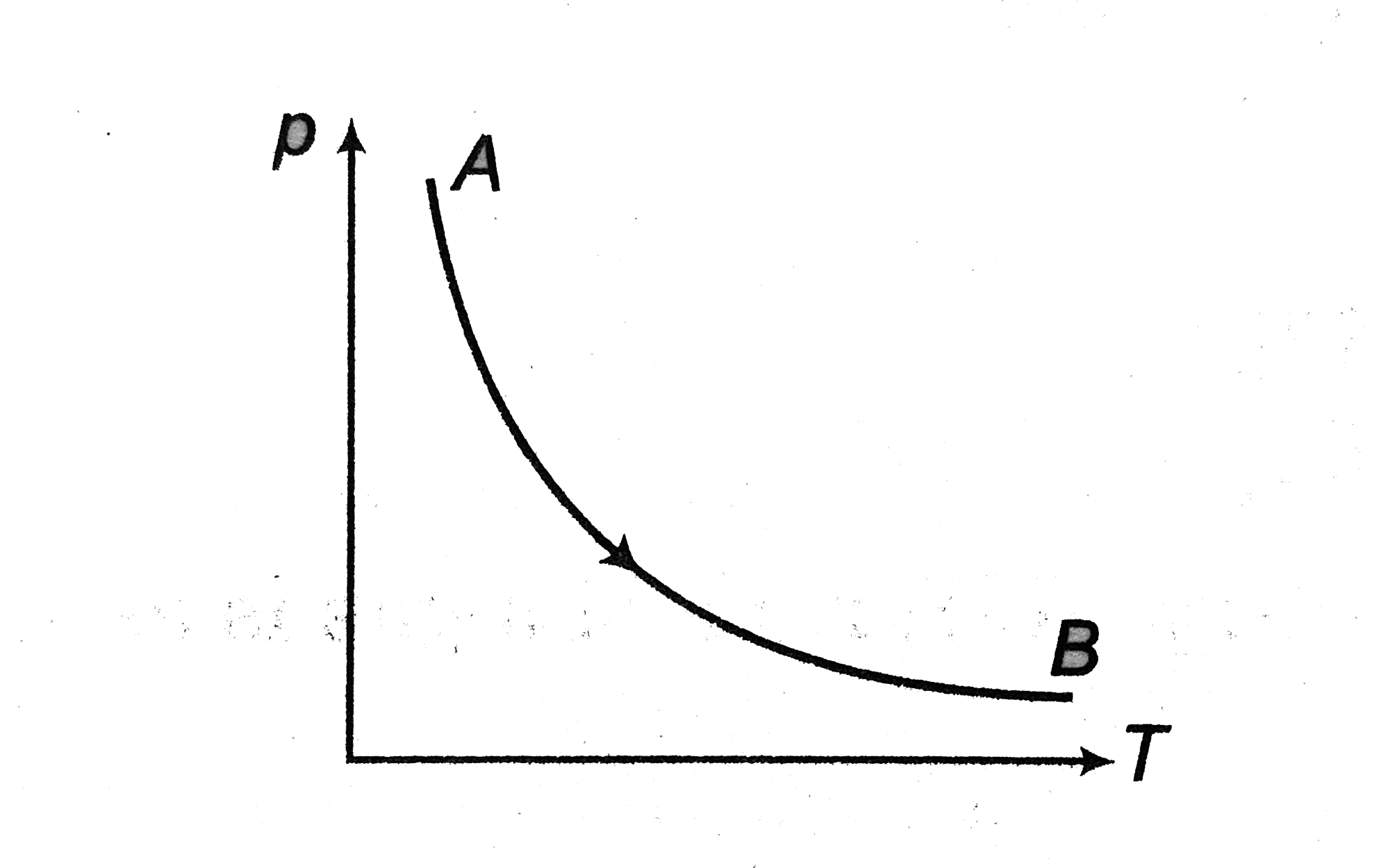ΔE=Einitial state−Efinal state
false
Topper's Solved these Questions
- CHEMICAL THERMODYNAMICS BOOK - ICSECHAPTER - CHEMICAL THERMODYNAMICS EXERCISE - FILL IN THE BLANKS. TYPE QUESTIONS
20 Videos
- CHEMICAL THERMODYNAMICS BOOK - ICSECHAPTER - CHEMICAL THERMODYNAMICS EXERCISE - ASSERTION -REASON TYPE QUESTIONS
9 Videos
- CHEMICAL THERMODYNAMICS BOOK - ICSECHAPTER - CHEMICAL THERMODYNAMICS EXERCISE - OBJECTIVE (MULTIPLE CHOCE) TYPE QUESTIONS
59 Videos
- CHEMICAL BONDING AND MOLECULAR STRUCTUREBOOK - ICSECHAPTER - CHEMICAL BONDING AND MOLECULAR STRUCTUREEXERCISE - NCERT TEXT-BOOK EXERCISES ( WITH HINTS AND SOLUTIONS)
47 Videos
- CLASSIFICATION OF ELEMENTS AND PERIODICITY IN PROPERTIESBOOK - ICSECHAPTER - CLASSIFICATION OF ELEMENTS AND PERIODICITY IN PROPERTIESEXERCISE - NCERT TEXT-BOOK. EXERCISE (With Hints and Solutions)
63 Videos
Similar Questions
Internal Energy (E,also denoted by U):
Every system having some quantity of matter is associated with a definite amount of energy, called internal energy.
E=ETransiational+ERotational+EVibrational+Ebonding+....
ΔE=EFinal−Einitial
ΔE=qv, heat supplied to a gas at constant volume, since all the heat supplied goes to increase the internal energy to the gas.
It is an extensive property & a state function.It is exclusively a function of temperature.
If ΔT=0,ΔE=0 as well.
The internal energy of a certain substance is given by the following equation :
U=3 PV+84
where U is given in kJ/kg, P is in kPa, and V is in m3/kg
A system composed of 3 kg of this substance expands from an initial pressure of 400 kPa and a volume of A 0.2m3 to a final pressure 100 kPa in a process in which pressure and volume are related by PV2=constant.
If the expansion is quasi-static, then the value of q is :
View SolutionIn a certain electronic transition in the hydrogen atoms from an initial state (1) to a final state (2), the difference in the orbit radius ((r1−r2) is 24 times the first Bohr radius. Identify the transition-
View SolutionAssertion : In a process, if work = 0 then ΔU=q
Reason : q is difference between initial state and final state of a system.
View SolutionCan we use Boyle's law to calculate the volume of a real gas from its initial state to final state during adiabatic expansion?
View SolutionCan we use Boyle's law to calculate the volume of a real gas from its initial state to final state during adiabatic expansion?
View SolutionAn ideal gas is taken from an initial state i to a final state f in such a way that the ratio of the pressure to the absolute temperature remains constant. What will be the work done by the gas ?
View SolutionIn a certain electronic transition in the Hydrogen atom from an initial state i to a final state the difference in the orbit radius (ri−rf) is seven times the first Bohr radius. Identify the transition
View SolutionIn a certain electronic transition in Hydrogen atom from an initial state to a final state, the difference of orbit radius is 8 times the first Bohr radius. Which transition does satisfy the given condition?
View SolutionTwo moles of an ideal monoatomic gas are expanded according to the equation pT=constant form its initial state (p0,V0) to the final state due to which its pressure becomes half of the initial pressure. The change in internal energy is

View SolutionAn idel gas undrgoes isothermal process from some initial state i to final state f. Choose the correct alternatives.
View Solution
